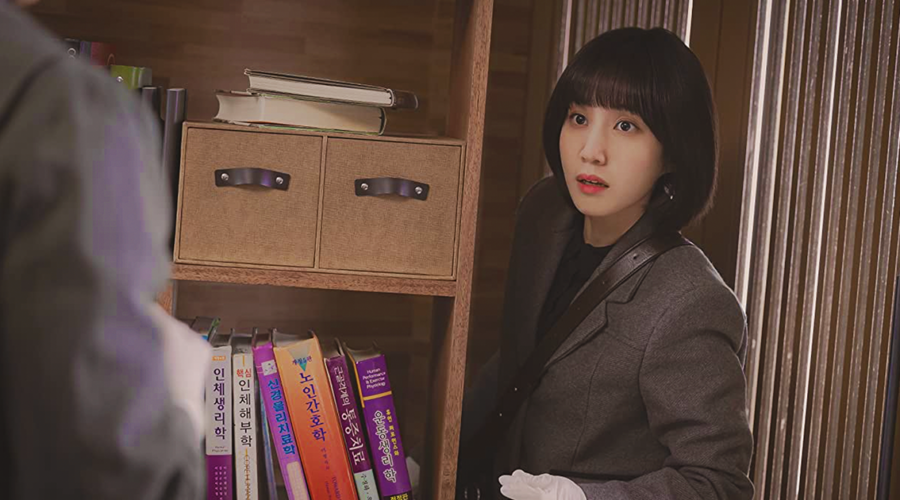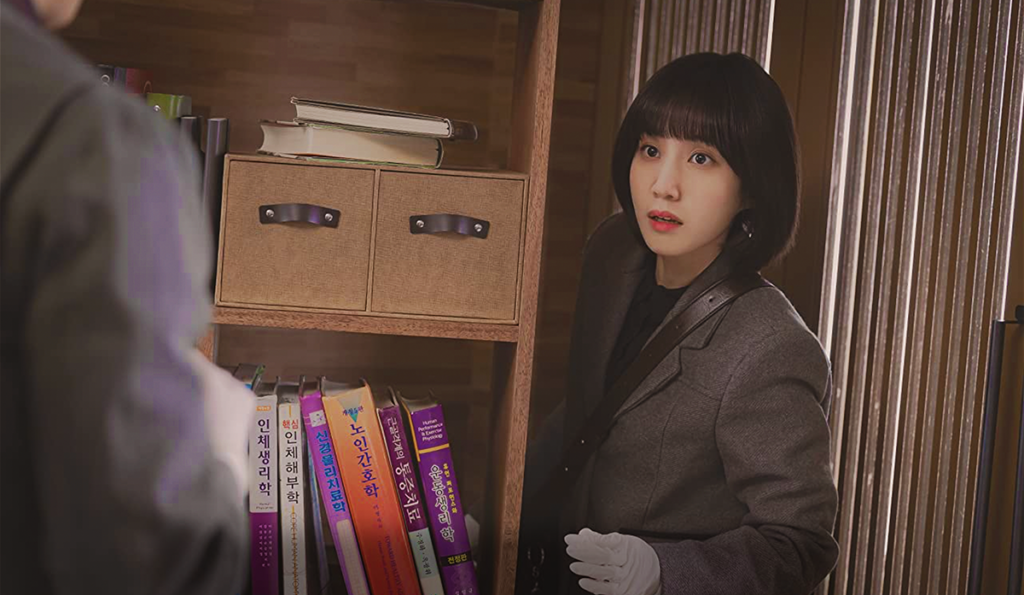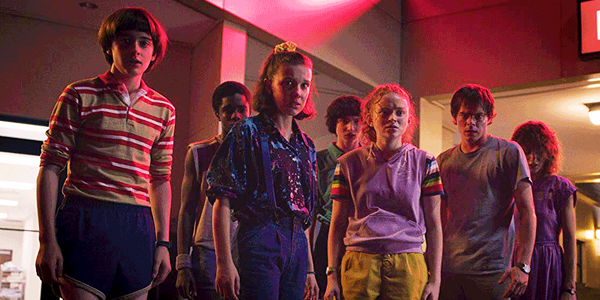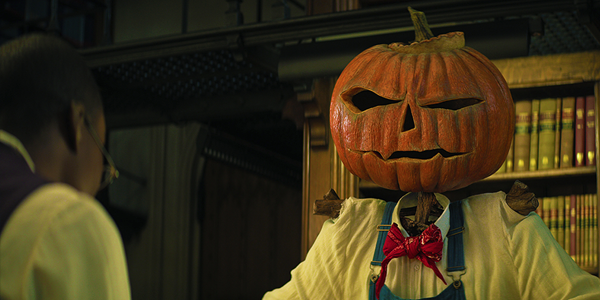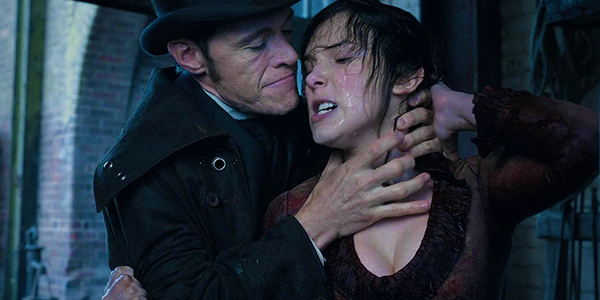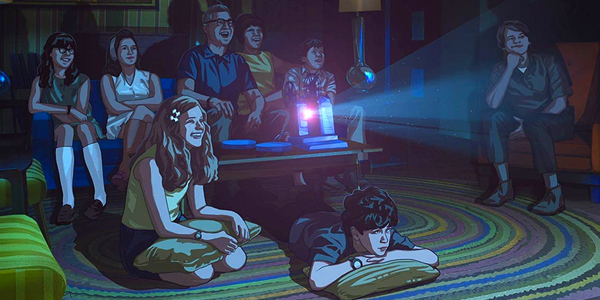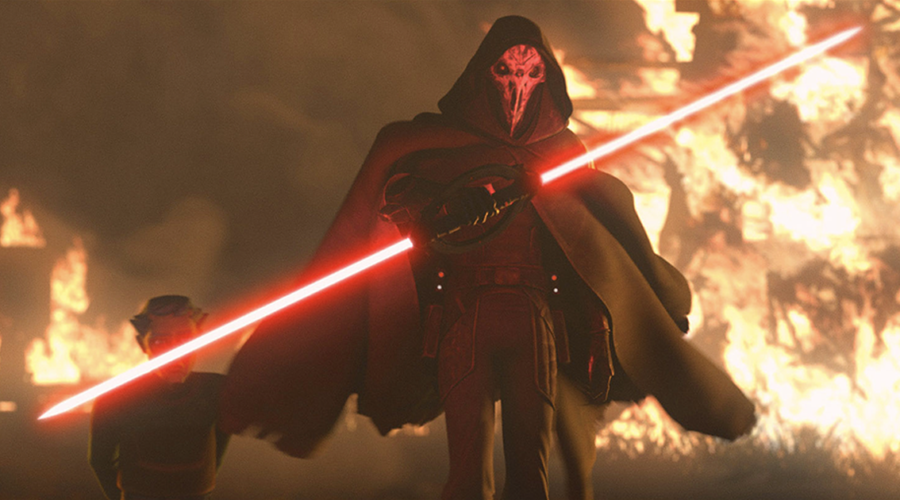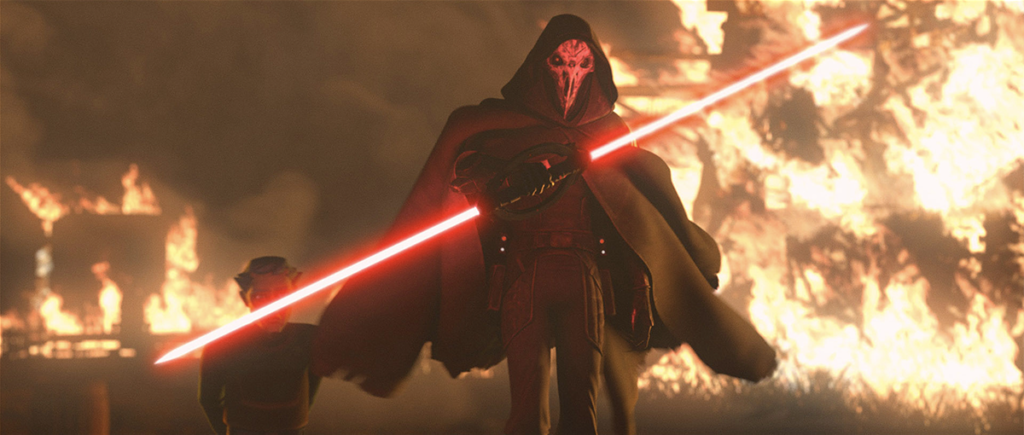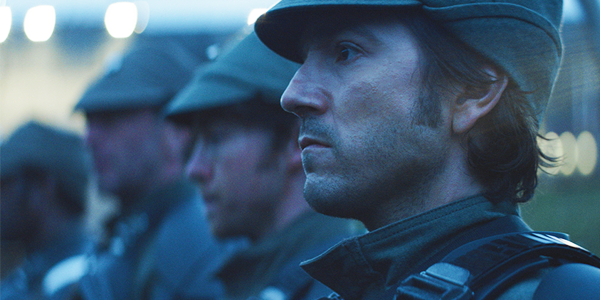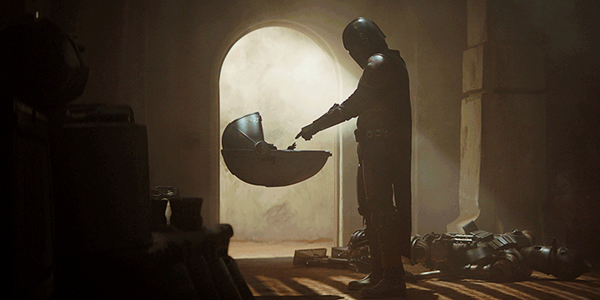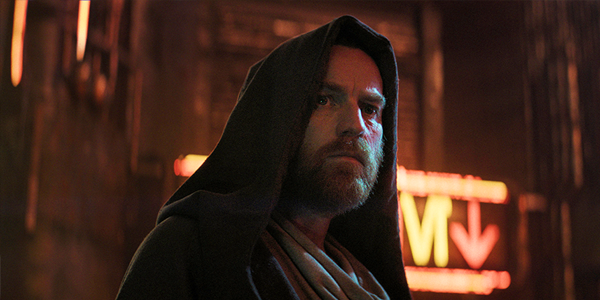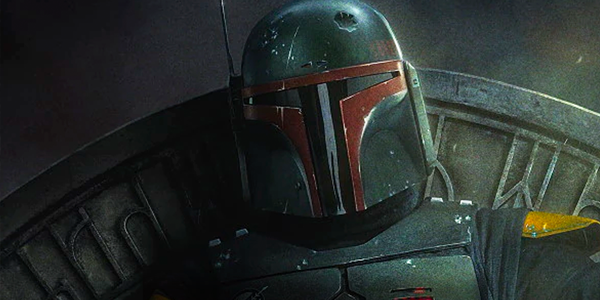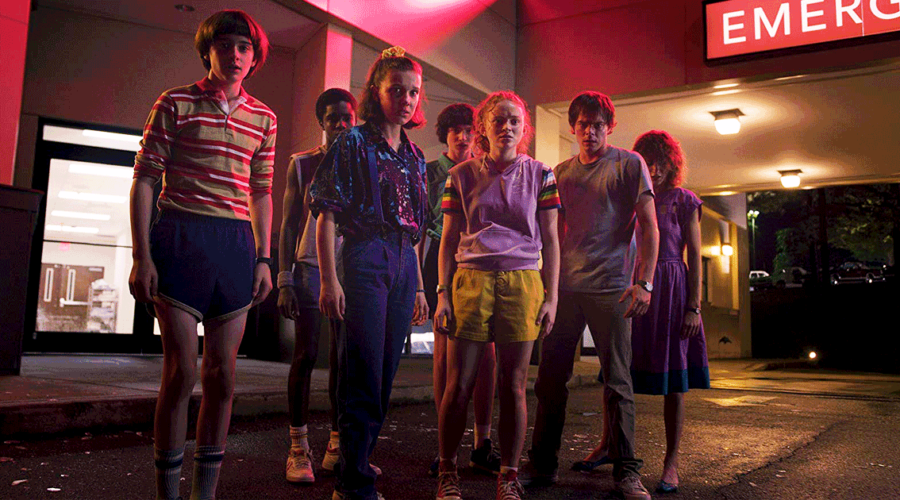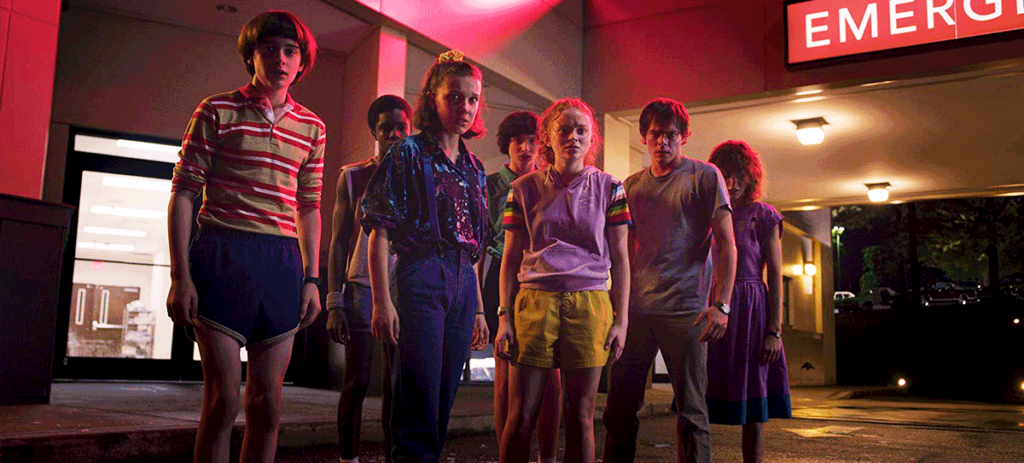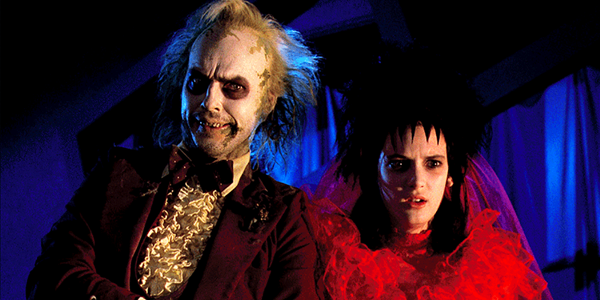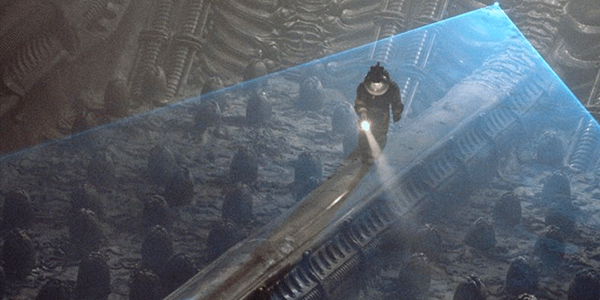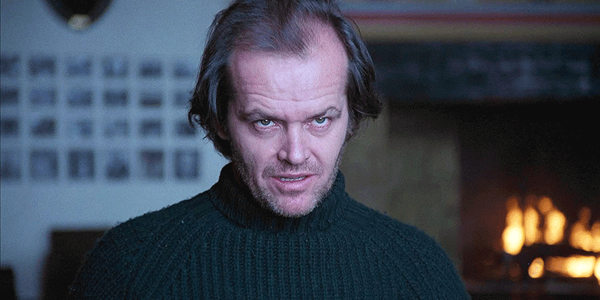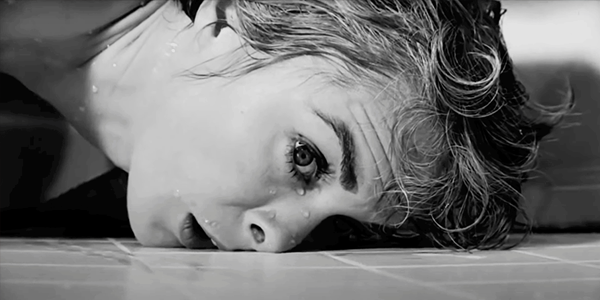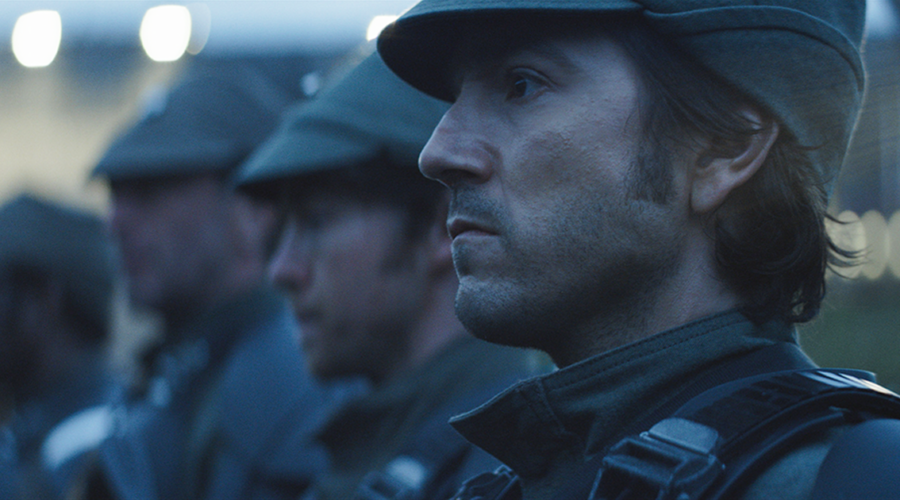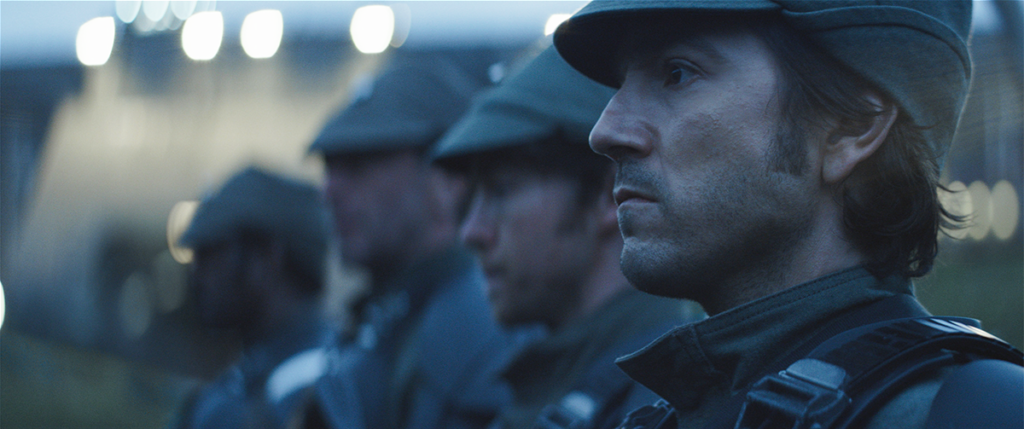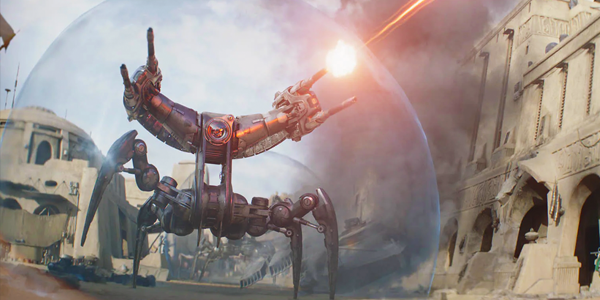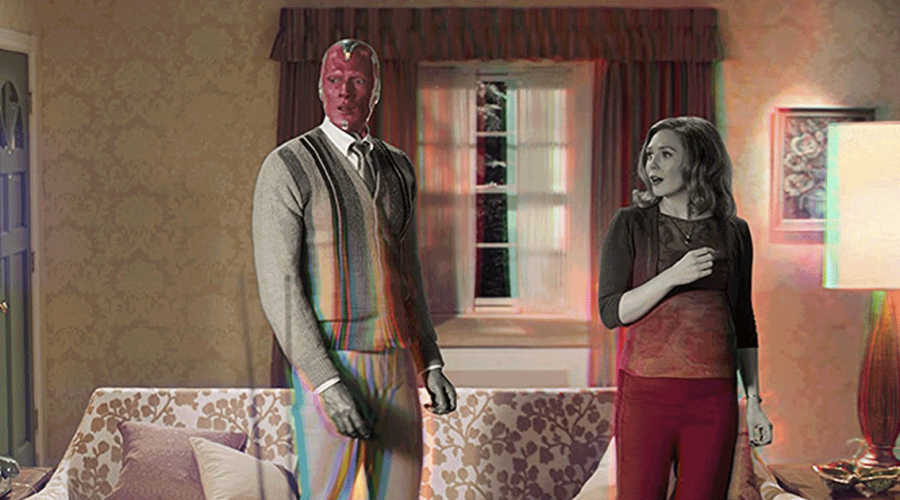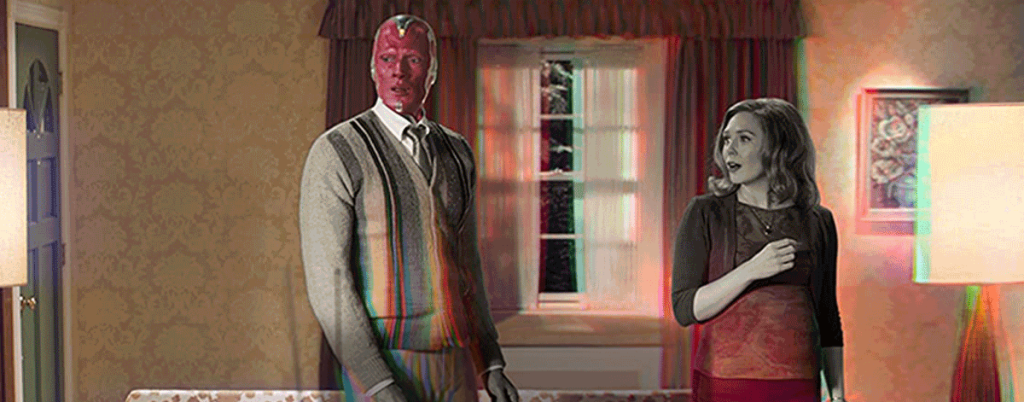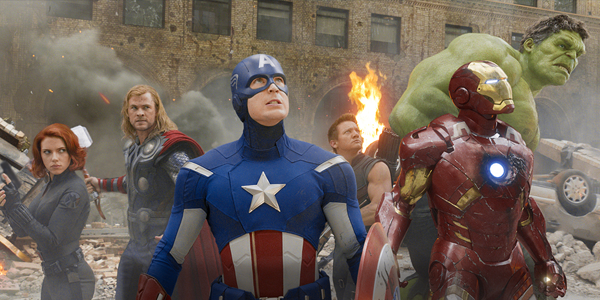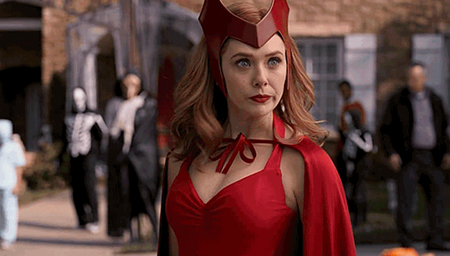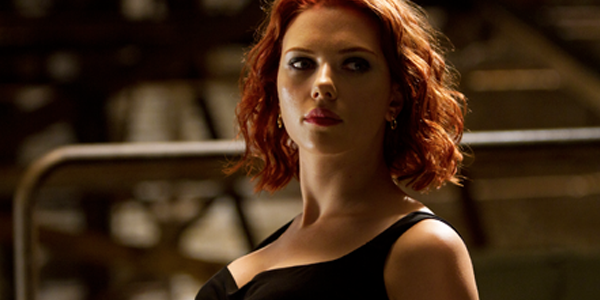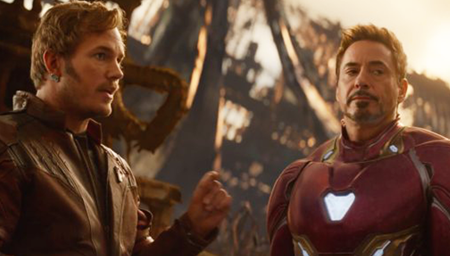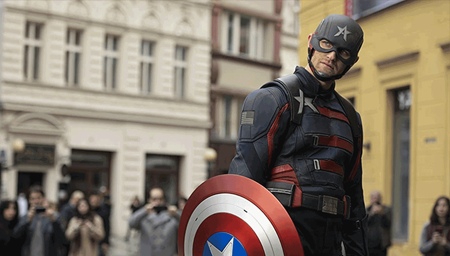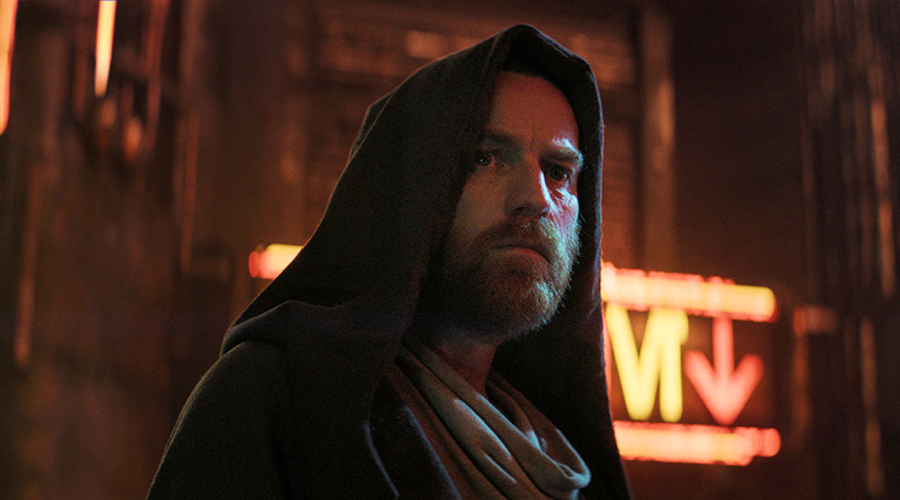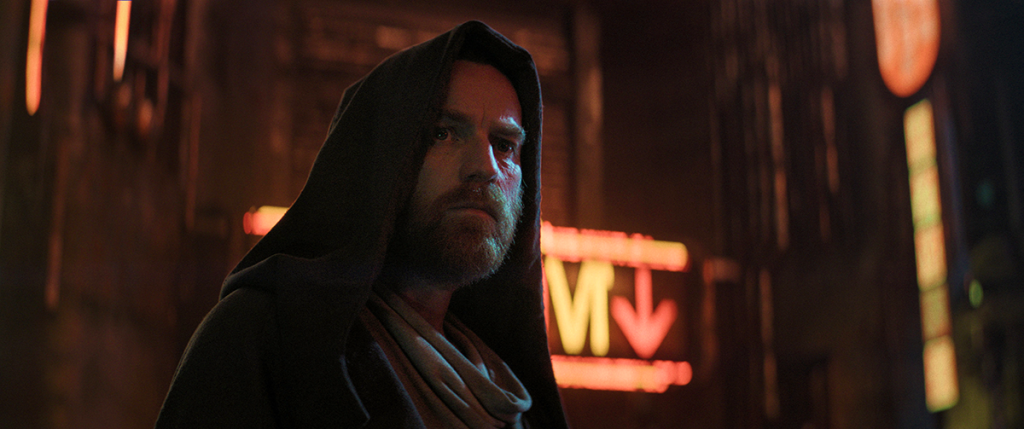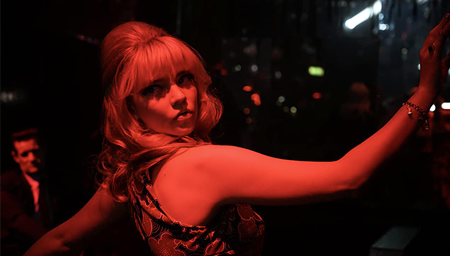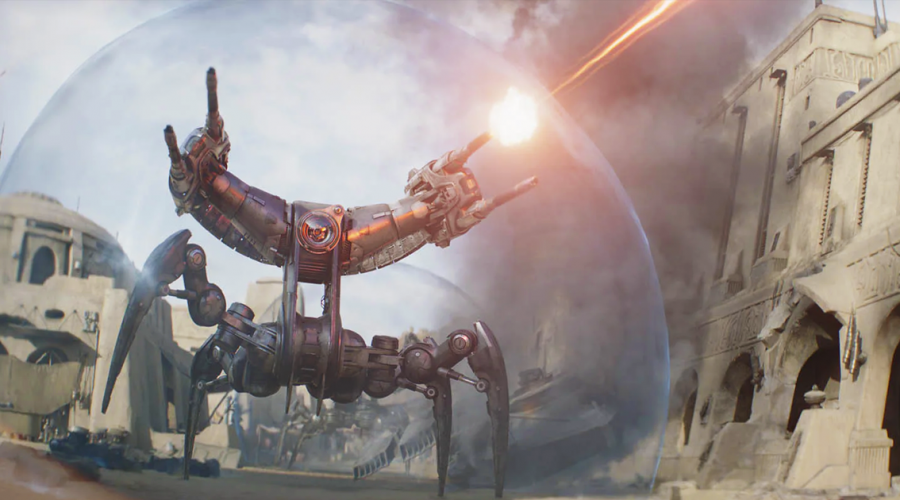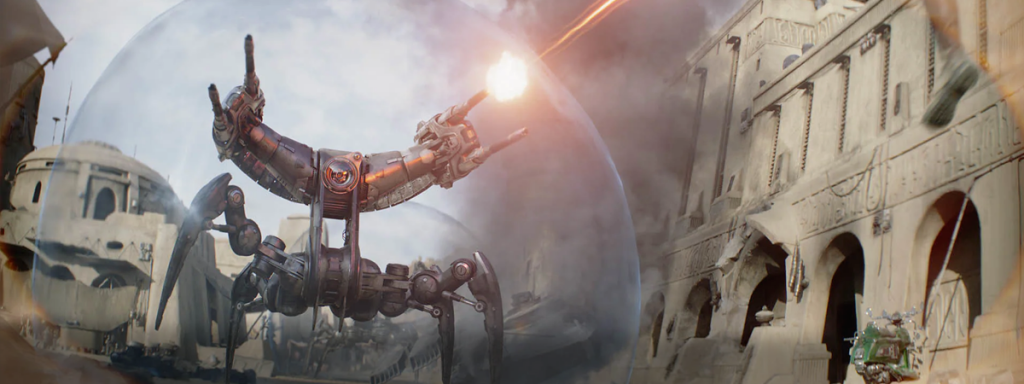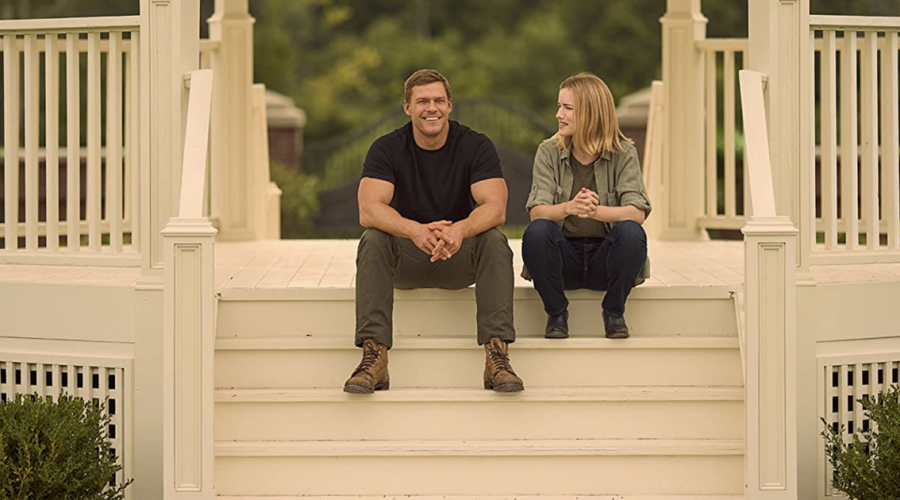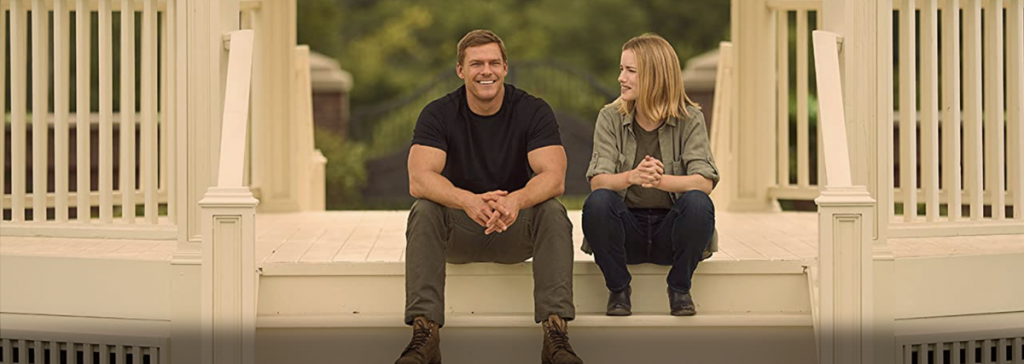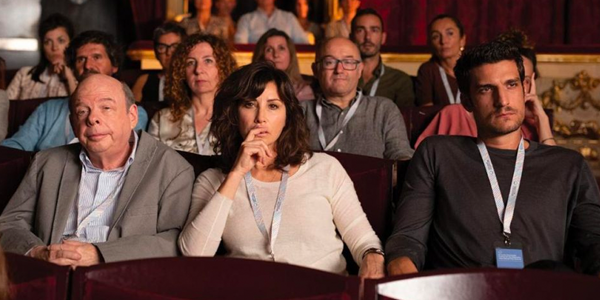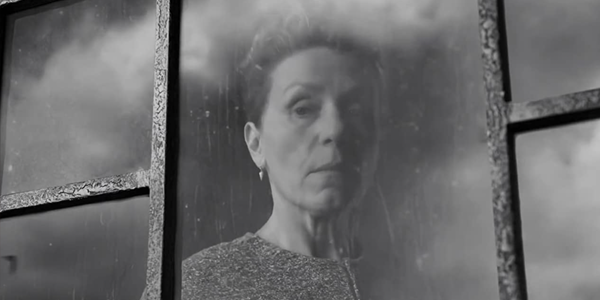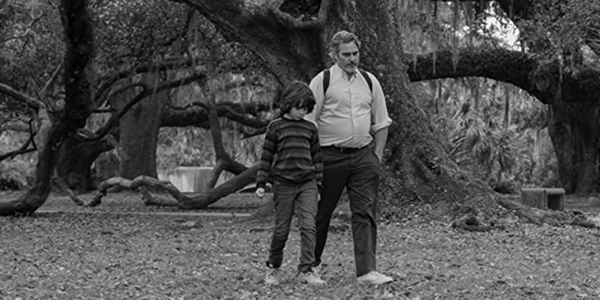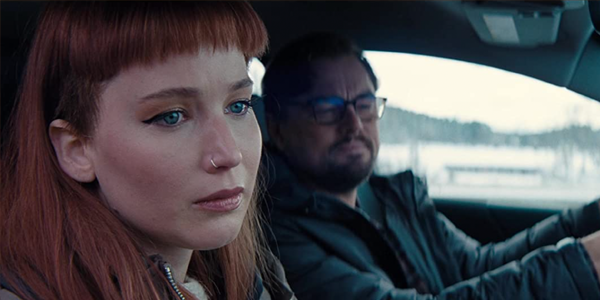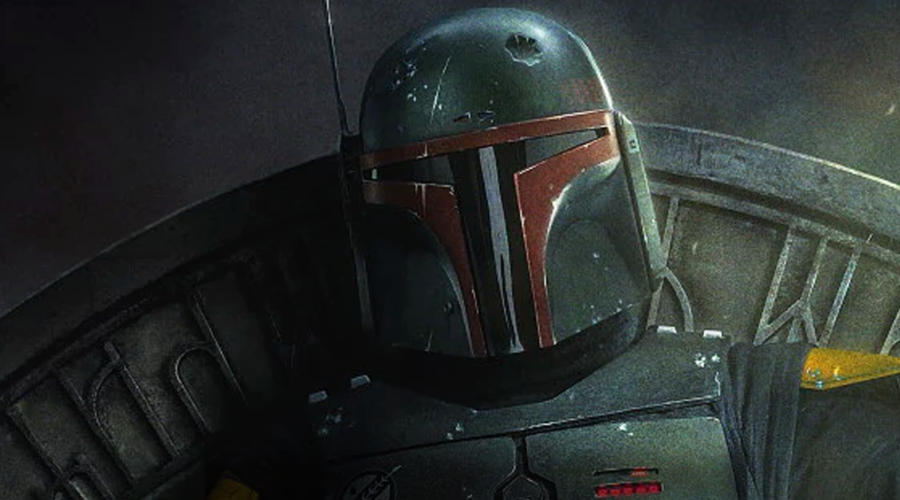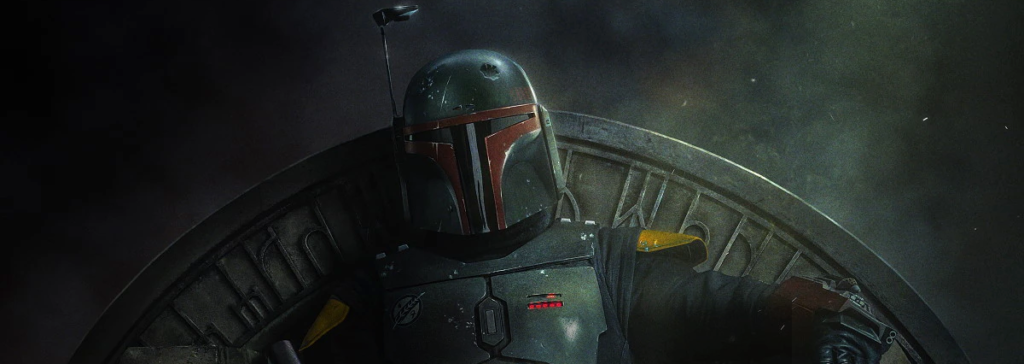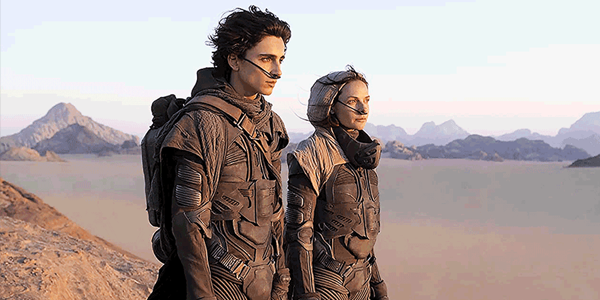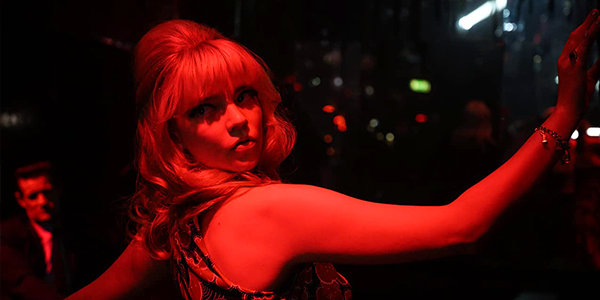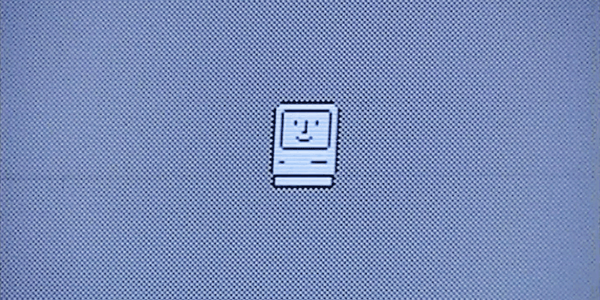Review: Extraordinary Attorney Woo
ALSO ON CINELUXE
Sign up for our monthly newsletter
to stay up to date on Cineluxe
This excellent South Korean series, currently on Netflix, uses a well-rounded character to shed light on some of the issues of autism
by Frank Doris
January 18, 2023
Extraordinary Attorney Woo is a lawyer show—but it’s not a “lawyer” show. True, the main character, Woo Young-woo, is a lawyer. She works at a law firm, she handles cases, and a lot of the action takes place in a courtroom. But this is not a stereotypical “lawyer show” with the all-too-predicable clashing legal egos, soap opera, and contrived murder-mystery machinations. Rather, the series, which earned the highest ratings ever for South Korean TV network ENA, revolves around the unique and charming character of Woo Young-woo, who has autism. (The series is currently available on Netflix.)
She is shy and socially awkward yet brilliant, having graduated first in her class at Seoul National University. She is able to get a job as a rookie attorney at the prestigious Hanbada law firm as a result of . . . well, I don’t want to give it away as the circumstances of her employment become a key plot line throughout the season. Since she’s uncomfortable communicating with others—or even getting through a revolving door, as seen in a poignant yet hilarious opening-episode sequence—Woo is at first misunderstood, unwanted, and resented by her fellow employees. These include, among others, Kang Ki-young as Jung Myung-seok, Woo Young-woo’s boss, who at first wants nothing to do with her but gradually becomes her mentor; Baek Ji-won as Han Seon-young, the woman who heads Hanbada; and Kang Tae-oh as Jee Hun Ho, one of the first at Hanbada to befriend her.
Woo Young-woo soon proves her abilities as a lawyer, thanks to her remarkable intelligence and memory and her encyclopedic recall of laws and legal procedures. Her co-workers realize she’s a valuable asset to Hanbada—especially when her abilities start to help the firm win cases, often as a result of Woo’s unconventional approaches and flashes of insight, sometimes accompanied by visions of . . . whales. (It’s weird, and it works.) Not only is Woo masterful at recalling the most arcane aspects of law, her lack of or perhaps unwillingness to conform to the conventions of social interactions means she often speaks with blunt honesty, in direct opposition to the usual hypocrisies of people saying one thing and meaning another, or outright lying, something Woo is completely incapable of.
The plots are far from the usual conventional lawyer-show fare. In one episode, Woo and Hanbada defend a recent bride who has tripped on her wedding dress —which exposed herself and an embarrassing tattoo. Another involves a very funny rivalry between three brothers, two of whom have deceived the third into thinking he’s inherited a fortune only to find that he’s millions of won in debt. Some episode titles reflect the series’ often-unconventional flavor: “Mr. Salt, Mr. Pepper and Attorney Soy Sauce,” “Wild Card vs. Tactician,” “Holding Hands Can Wait.”
I can’t imagine anyone other than actress Park Eun-bin as Woo Young-woo. She is the character, conveying her personality with her at times puzzled, at times penetrating facial expressions, her strange and obsessive hand movements, the way she haltingly walks, and even her wardrobe of sweaters and clunky loafers with big heels. But Woo is far from one-dimensional. She dives into her new role at Hanbada at first with timidity, fear, and a lack of understanding about her role in the company and, literally, how she’s supposed to deal with her co-workers. Over the course of 16 episodes, we see her evolve, gaining confidence and understanding of how the world works. (A second season has been given the go-ahead.) At the same time, she remains stubborn in many of her character traits, especially when it comes to avoidance of eye contact, her ritual behaviors . . . and food, which is the subject of more than one very funny moment.
The rest of the supporting cast is marvelous. You feel like you’re watching a slice of real life, not an assemblage of actors. Everyone absolutely shines in their roles but I must single out Jeon Bae-soo as Woo Gwang-ho, Woo Young-woo’s single and beleaguered father; Joo Hyun-young as Dong Geu-ra-mi, Woo Young-woo’s best friend and one of the few to befriend and stand up for Woo when she was young; and Im Sung-jae as Kim Min-shik, proprietor of Woo and Mi’s favorite restaurant and meeting place.
Extraordinary Attorney Woo is filled with twists, whether it’s a case filled with unusual developments, the unfolding of Woo’s relationships with her fellow Hanbada employees as they begin to understand and respect each other, or the revelation of some quite unexpected romantic and familial relations. Again, I don’t want to give anything away other than to note that the series seamlessly combines drama with comedy and juxtaposes the undeniable charm of Woo with some very tense encounters with people who don’t understand or like her. In the end, you can’t help but feel affection for Woo Young-woo.
Extraordinary Attorney Woo is filmed with a light, sunny look, even in most of the interior shots. The sound is refreshingly clear and the dialogue easy to understand, unlike the sonic murk of so many series today. (I listened to the English soundtrack. It’s also available in the original Korean and with subtitles in various languages on Netflix.) The look, like the acting, contributes to the feel of eavesdropping on reality. The soundtrack is a combination of piano music and Asian pop, much of it composed by Noh Young Shim, and perfectly complements the show with its sometimes somber, sometimes lighthearted feel.
If the reason for this thought-provoking yet always delightful series is to break misconceptions and prejudices about people on the autism spectrum, Extraordinary Attorney Woo succeeds admirably. By making Woo Young-woo a likable and complex character, a person rather than a stereotype, the series enlightens us.
Frank Doris is the editor of Copper, an online audio and music magazine. He has more than 30 years of experience in public relations and marketing communications and has written for a number of publications including Copper, Cineluxe, Sound & Vision, CE Pro, The Absolute Sound, Home Theater Review, and others. He is also a professional guitarist and yes, played at CBGB back in the day.
PICTURE | The series is filmed with a light, sunny look, even in most of the interior shots, which contributes to the feeling of eavesdropping on reality
SOUND | The sound is refreshingly clear and the dialogue easy to understand, unlike the sonic murk of so many series today
© 2023 Cineluxe LLC
